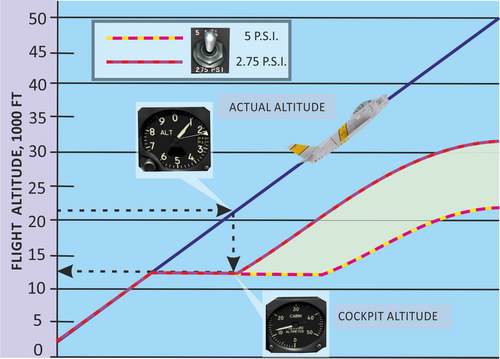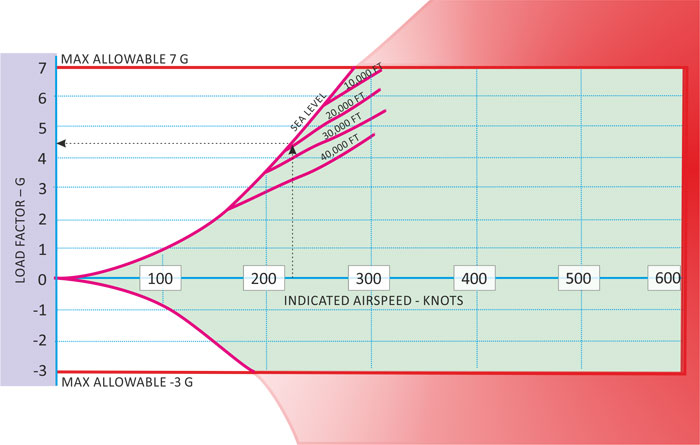北美F-86F "佩刀" 是1950年代中期最得力的战斗机。这种后掠翼单发喷气机是西方在朝鲜战争中最重要的飞机,它经常与俄制MiG-15纠缠。这场艰苦的战斗不仅存在于朝鲜的天空,也是两个优秀的东方和西方的飞机制造商之间的战斗。除了其主要作用作为空中战斗机,佩刀也会携带炸弹和空对地火箭来攻击地面目标。
Belsimtek的"佩刀"是目前为止这架战鹰最真实的模拟飞行游戏。感受驾驶"佩刀" - 专业水平的飞行模型、交互式的驾驶舱、功能齐全的武器、详细的损伤模型和丰富的细节。体验"佩刀"在战斗种的优势和劣势,找出老练的战斗机飞行员经常回味"佩刀"作为他们最享受的飞机的原因。
作为DCS世界的一部分, F-86F佩刀完全体现了作战环境,武器系统和空地的作战能力。
In our simulation, just like in the real F-86F, the pilot's health state in all the range of altitude and speeds is provided by two systems:
Both systems use hot air from behind the engine compressor, and for this reason they are combined into one environment control system.

Pressure in the cockpit is maintained by the airflow from vent openings and is set by a differential pressure regulator depending on altitude. The greater the altitude, the more differential pressure (altitude difference) in the pilot's cockpit to maintain the normal vital functions.

Thus, if a player does not observe the environmental control system settings, a "loss of consciousness" and "windshield weeping" may occur.
The flight dynamics model describes the aerodynamic performance of the F-86F with the J47-GE-27 engine and the "6-3" wing of increased area without a drooping slat.
During the simulation, complex calculations of the characteristics of the aircraft constituent elements are performed taking into account their mutual influence in all the range of local angles of attack and of sideslip (including beyond stall angles as well), local ram-air flows and Mach numbers taking into account control deflections, and the level of destruction of certain elements of airframe and control surfaces.
As a result of the simulation, a series of aerodynamic peculiarities of the model should be noted, which according to the available documentation, are typical for the real aircraft.
Between high indicated airspeed and Mach number (within the flight restrictions), a series of unique characteristics manifest themselves in aircraft behaviour.
Starting at Mach 0.9, unintentional roll (wingheaviness) (to the left or to the right) manifests itself and it strengthens as the Mach number increases up to its limit values. Appearance of this wingheaviness is associated with the geometric asymmetry of half-wings and also with their unequal flexural-and-torsional load-deflection curves. The wingheaviness is accompanied by a significant decrease of the aileron effectiveness related to wave effects and wing deformation during their deflection.
The airflow compressibility influence on longitudinal flying qualities at high speeds remains insignificant up to Mach 0.95. With further increase of the Mach, the aircraft demonstrates excessive tendency to pitching-up, the compensation of which requires additional pushing force on the control stick.
Due to the above-mentioned peculiarities of the aircraft behaviour, the indicated air speed is restricted to 600 knots.
Reason: Developing wing heaviness at considerable decrease of the aileron effectiveness (at high values of the Mach number) and additional wing bending and wing torsion under the action of the airflow at aileron deflection.
Acceleration higher than the value of Mach 0.93 is only possible when descending.
At all speeds, the aircraft is sensitive to longitudinal control. This is especially true between Mach 0.8-0.9 and indicated air speed values over 500 knots.
The aircraft has relatively high maneuverability at all speeds. Here it should be taken into account that in order to execute most manoeuvers, a slight tail unit deflection (especially pitching displacement) is required.
However, at medium and low altitudes and indicated air speed over 500 knots, roll control becomes slow. This is due to the wing bending and wing torsion. Simultaneously, the aileron effectiveness decreases, which makes it difficult to maneuver at speeds over 550 knots.

A characteristic feature of piloting is hyperreaction to longitudinal input of the control stick. This feature may lead to a stall of the aircraft or to exceed the operational glideslope.

The warning factor of exceeding the maneuver limitation is the starting wing stalling accompanied by shaking and departure tendency. Piloting at the shaking mode is possible but requires particular attention to the aircraft behaviour and timely decrease of the g force (angle of attack) at a decrease of the indicated air speed of the flight.








